
Ever wonder what claims like "social support is associated with greater levels of happiness", or "exercise is related to mental wellness" really mean?

In order to make sense of these claims, you'll need to first understand the concept of statistical correlation.
What is statistical correlation?
Statistical correlation indicates the size and direction of a relationship between two or more variables.
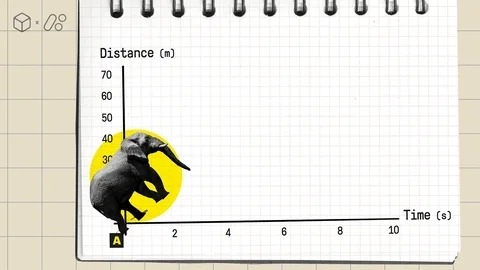
It describes how much two variables are linearly related — if you can draw a straight line when explaining the relationship on a graph, then the two variables have a linear relationship.
Information from a correlation can help you predict, to some level of accuracy, one variable if you have the value of the other.
Correlations can be positive or negative.
They can also be strong or weak.
For example:

Joyce, a statistician, has found that variable 1 (height) and variable 2 (weight) are positively correlated. If Joyce knows the correlational relationship between height and weight, she can use this information to predict, with some accuracy, someone's height if she knows their weight.
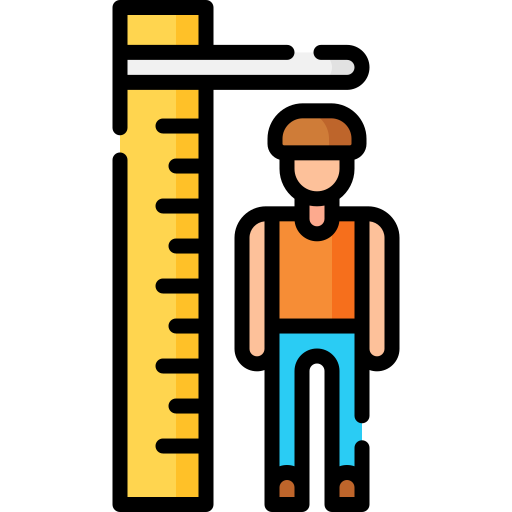
What is correlation NOT?
It's important to understand what correlation is, but it is just as important to understand what correlation is not.

Understanding a correlation doesn't mean you can predict something with 100% accuracy!
In the previous example, Joyce couldn't predict with 100% accuracy that someone 5 foot 2 inches would weigh 115 pounds. She could, however, use correlation and the understanding of the relationship of the two variables to predict close to the correct weight, some of the time.

The accuracy of your prediction is based on how strong the correlation is.
What is Causation?
Causation refers to a cause-and-effect relationship. It means that one thing led to — or directly caused — the other. Think of pushing a glass off of a table: your push caused the glass to fall — it was directly related.
A common error is thinking that if two variables are correlated, it means that one causes the other — this isn't necessarily true!
Take for example heating costs and ice skate sales. These two things could be positively correlated — when heating costs go up, so do skate sales — but heating costs don't cause ice skate sales to increase. In fact, in this example, a third variable like outside temperature likely impacted both.
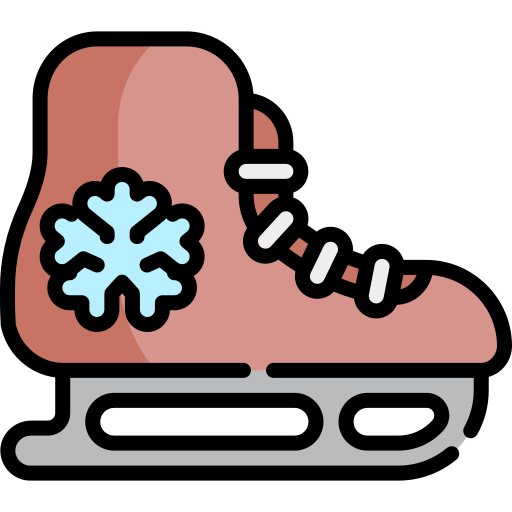
What does a positive correlation mean?
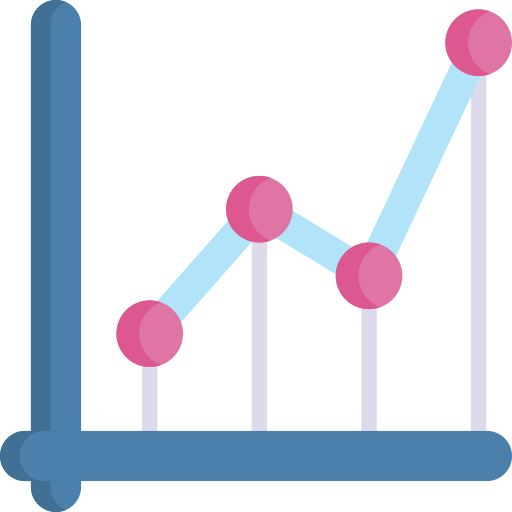
A positive correlation means that as one variable increases, the other variable increases as well. Both are moving in the same direction.
Example 1:
 Number of years of education and mid-life income level: the more years of education you have, the higher your salary is likely to be in the middle of your life.
Number of years of education and mid-life income level: the more years of education you have, the higher your salary is likely to be in the middle of your life.
Example 2:
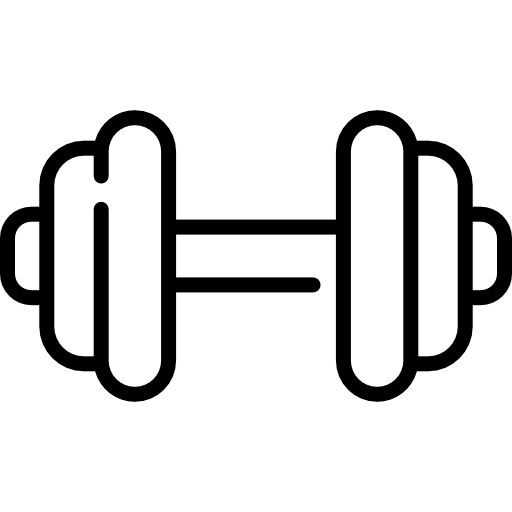 Hours spent lifting weights and general strength: the more hours you spend lifting weights, the more your strength will likely increase.
Hours spent lifting weights and general strength: the more hours you spend lifting weights, the more your strength will likely increase.
⚡Knowledge Check!
Albert recently read an article that ice cream sales are correlated with sunburns.

Quiz
Does this mean that ice cream causes people to burn?
What does a negative correlation mean?

A negative correlation is a relationship where two variables tend to be associated in opposite directions with one another. As one variable goes down, the other goes up (and vice versa).
Example 1:
 Hours of sleep and irritability. As hours of sleep go down, irritability tends to go up.
Hours of sleep and irritability. As hours of sleep go down, irritability tends to go up.
Example 2:
 As number of hours of TV watched goes up, grade point average in students tends to go down.
As number of hours of TV watched goes up, grade point average in students tends to go down.
Take Action

Use the knowledge in this Byte to better understand the world around you.
Your feedback matters to us.
This Byte helped me better understand the topic.
